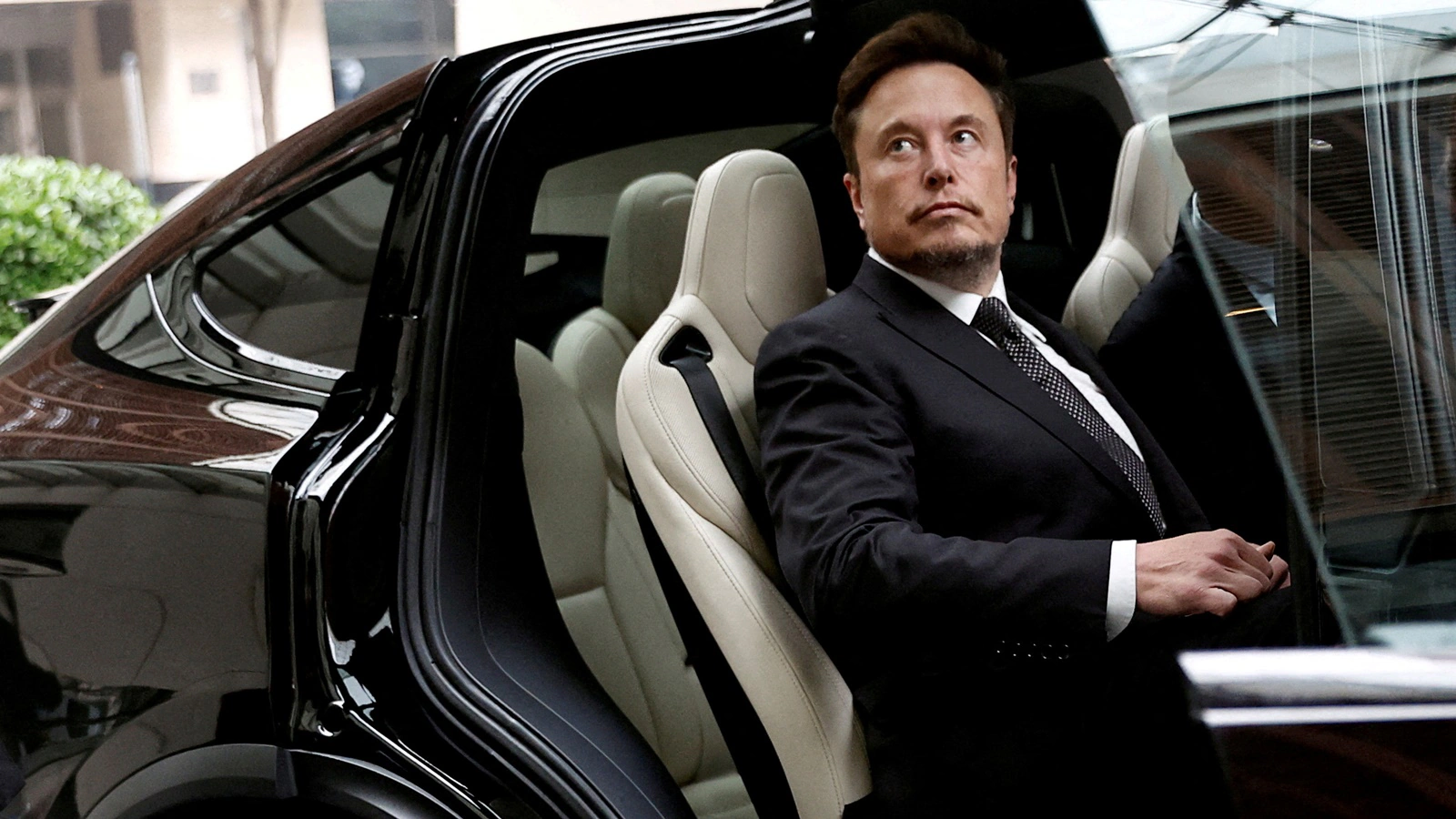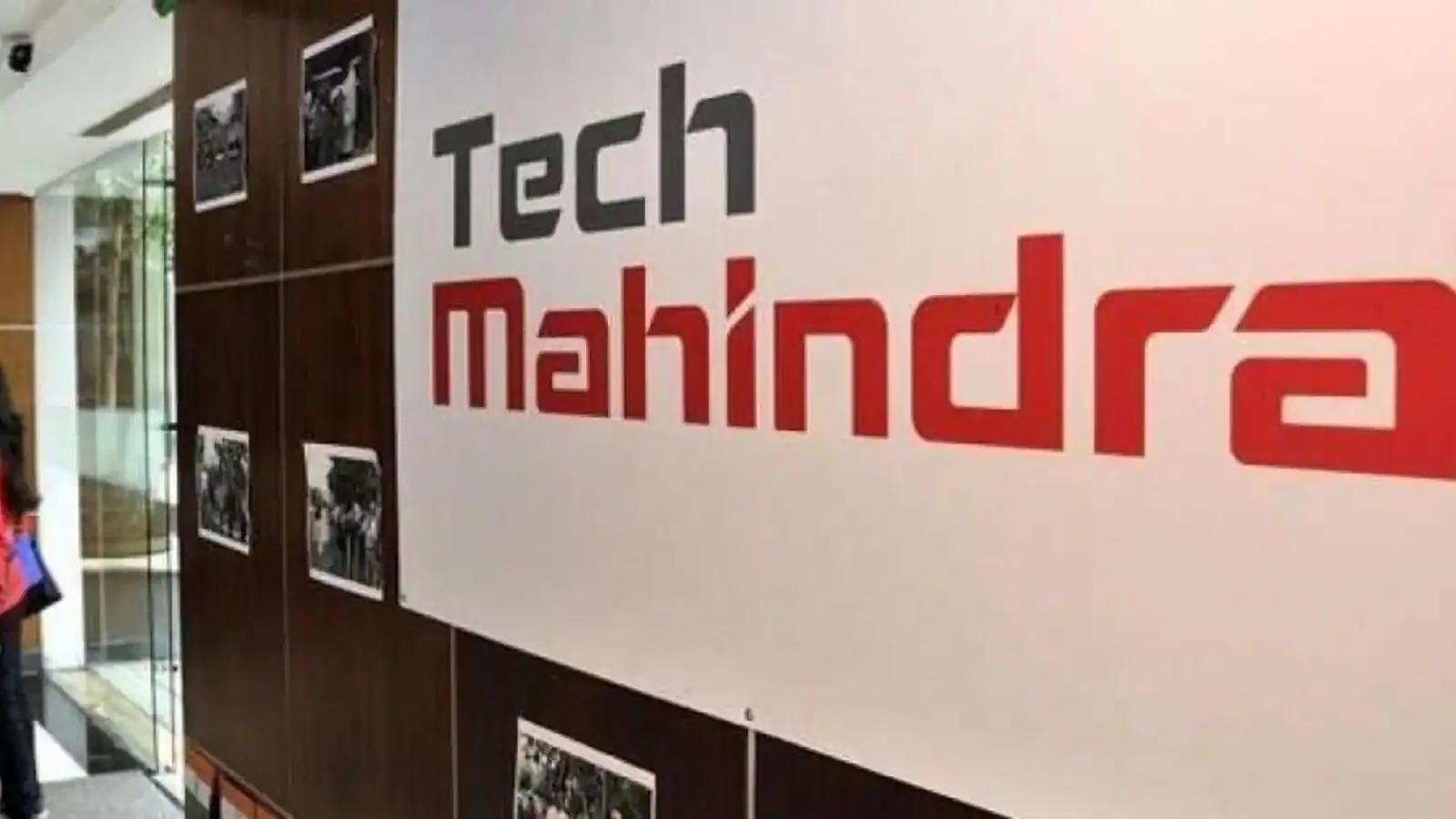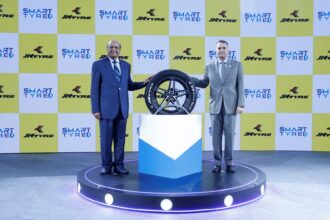For years, the prospect of Tesla, the world’s most famous electric car maker, setting up shop in India has captured headlines and fueled speculation. The narrative often painted a picture of a mutually beneficial partnership: India gains a high-tech manufacturing giant, boosting jobs and its electric vehicle ecosystem, while Tesla taps into a massive, growing market. Yet, despite the frequent discussions and high-level meetings, a fully-fledged Tesla factory building cars for the Indian market remains elusive. Recent signals suggest this long-awaited plan might be facing significant hurdles, raising questions about whether Tesla is hesitant to take the final plunge into Indian manufacturing. Is something holding Elon Musk’s company back from committing to ‘Make in India’?
The Indian government has made its position clear. While keen to attract global manufacturers and boost EV adoption, it strongly favors local production. For a long time, Tesla sought concessions on import duties for its vehicles. India levies significant taxes on imported cars, particularly luxury ones, making Tesla’s current lineup prohibitively expensive for most Indian buyers. Tesla argued that allowing them to import cars at lower duties first would help them test the market and build demand before investing heavily in a local factory.
India pushed back. The government’s stance, articulated by various ministers, maintained that Tesla should commit to building locally if it wants significant access to the market and potential sops. The message was consistent: come and manufacture here, and we will support you. This fundamental difference in approach appears to be a major sticking point.
Consider the numbers. India’s automotive market is one of the largest globally, but it is also highly price sensitive. The bulk of sales are in the affordable and mid-range segments. Tesla’s current models, even their most affordable Model 3, would land in India at a price point accessible only to a tiny fraction of the population if imported with current duties. Building a factory requires substantial investment, a commitment Tesla seems reluctant to make without clearer signs of market viability at a competitive price point.
Sources familiar with the discussions, though not authorized to speak publicly, suggest that the scale of investment required for a Gigafactory-like facility in India, coupled with the uncertainty of achieving sufficient sales volume quickly in a market dominated by much cheaper cars, weighs heavily on Tesla’s decision-making. Building a factory isn’t just about assembling cars; it involves establishing a local supply chain, navigating complex regulations, and building a dedicated sales and service network from the ground up.
Compare this to Tesla’s strategy in other markets like China. Tesla invested heavily in a Shanghai Gigafactory, but they also received significant support from the Chinese government, including financial incentives and relatively smooth regulatory processes. China also offered a massive existing EV market and a robust supply chain. While India’s potential is immense, its EV market is still nascent compared to China, and the supply chain for high-end EV components is still developing.
Recent reports have indicated a potential shift in Tesla’s focus for India. Instead of immediately pursuing a large manufacturing plant for local sales, there have been whispers about Tesla potentially exploring India as a base for exporting vehicles, or focusing initially on importing a smaller number of vehicles under a new policy aimed at attracting EV manufacturers. This policy offers reduced import duties (15%) for companies that commit to investing at least $500 million and starting local manufacturing within three years.
While this new policy appears designed to attract players like Tesla, it still requires a concrete commitment to manufacturing within a relatively short timeframe. This might be the point of hesitation. Committing $500 million and a manufacturing timeline is a significant step, one that sources suggest Tesla is still evaluating carefully. The fear might not be of India itself, but of committing such substantial resources before the market is fully ready to absorb the volume of vehicles a factory needs to produce to be economically viable.
Think about the infrastructure challenge. While India is rapidly building out its charging network, it is still far from the density required to support widespread EV adoption, especially for long-range vehicles like Teslas. Potential buyers in smaller cities or those who frequently travel long distances might have range anxiety, a factor that influences purchasing decisions for expensive EVs.
Local competition is also heating up. Indian automakers like Tata Motors and Mahindra & Mahindra are aggressively launching more affordable EVs tailored to the Indian market’s specific needs and price points. These companies have established sales networks, understand the local consumer, and benefit from government incentives promoting domestic manufacturing. Tesla would enter a market where local players already have a significant head start and cost advantage.
The cancelled plans alluded to in the title could be the original, grand vision of building a massive Gigafactory primarily for the Indian domestic market in the short term. It seems that vision might be on hold, or at least being re-evaluated, in favor of a more cautious, phased approach, perhaps starting with imports under the new policy and then gradually ramping up to manufacturing if the market response is strong.
The situation remains fluid. Discussions between Tesla and the Indian government are ongoing. India wants the investment and the technology. Tesla wants market access on favorable terms and confidence in future demand. The negotiation is a delicate dance.
Ultimately, the question isn’t whether Tesla can build cars in India, but whether they believe the conditions are right now to justify the immense investment required for a large-scale manufacturing operation aimed primarily at the domestic market. The hesitation, if there is one, likely stems from a combination of factors: the price sensitivity of the Indian market, the stage of EV infrastructure development, the need for a robust local supply chain, and the government’s firm stance on local manufacturing requirements versus Tesla’s preference for initial import concessions.
Until a concrete announcement is made about land acquisition, factory construction, and a clear timeline for local production, the speculation will continue. For now, it appears Tesla is approaching the Indian manufacturing commitment with caution, perhaps waiting for the stars – market demand, infrastructure, and policy alignment – to align more perfectly before fully committing to building cars in the heart of India.


















